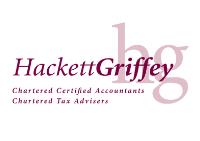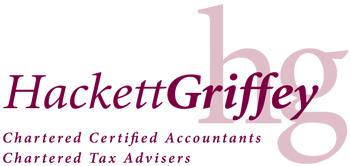 Add My Company
Add My Company
Sign In
Pensions auto-enrolment: are you up-to-date?
29-06-2015

With effect from 1 June 2015, small businesses employing fewer than 30 staff became bound by the requirements of the new pensions auto-enrolment regime, obliging them to automatically enrol all eligible employees into a qualifying pension scheme and to make a minimum contribution to that scheme.
The Pensions Regulator recently warned that even those who employ a single care worker, such as a carer or nanny, must comply with the auto-enrolment regulations, with very few exceptions.
Under auto-enrolment, employees over the age of 22 and earning more than £10,000 per annum now have the right to belong to a workplace pension scheme, unless they choose to opt out.
6 April 2015 saw an increase in some of the thresholds and limits for auto-enrolment. While the earnings trigger remains at £10,000 for 2015/16, the lower limit of the qualifying earnings band has risen to £5,824 and the upper limit of the qualifying earnings band is now £42,385.
Over five million workers in larger companies are already in the scheme, and an estimated 3.8 million workers are expected to be enrolled by smaller employers between now and 2018.
According to recent research, one in four small businesses is as yet unprepared for auto-enrolment. Business owners are being urged to ensure that they are prepared for the new regulations. Employers who fail to comply could be liable to enforcement action and/or a penalty.
We have produced a handy checklist to help employers with the auto-enrolment process.
Employer checklist
Nominate a point of contact
The Pensions Regulator will be writing to you with important updates as you prepare for automatic enrolment. It is therefore advisable to nominate a main contact within your firm who will take responsibility for managing all such correspondence.
Know your staging date and develop a plan
Your staging date is determined by the total number of people in your largest PAYE scheme, based on HMRC’s records as at 1 April 2012. You can find out your staging date by visiting www.thepensionsregulator.gov.uk/staging.
Assess your workforce
Under auto-enrolment, you will need to identify any eligible jobholders working for you. You will also need to consider whether you have an employer duty in relation to other types of workers including non-eligible jobholders and entitled workers.
Review your pension arrangements
Decide on the type of pension scheme you will offer. Do you have an existing scheme that meets (or can be changed to meet) the Government’s requirements, or will you need to set up a new one? You may also want to consider whether the new NEST scheme would suit your needs.
Communicate the changes
Employers are required by law to write to all workers (except those aged under 16, or 75 and over) explaining what automatic enrolment into a workplace pension means for them. It is worth noting that the communication requirements for the different categories of worker were recently simplified in a bid to ease the burden on employers.
Make sure you have a strategy in place for briefing employees and plan how you will manage any queries that arise. A range of letter templates are available on the Pensions Regulator website to help employers fulfil their legal obligations.
Automatically enrol eligible jobholders
Under the new regulations, employers are required to: provide information to the pension scheme about the eligible jobholder; give enrolment information to the eligible jobholder; and make arrangements to achieve active membership for the eligible jobholder. This should be carried out within the ‘joining window’ (the six week period from the eligible jobholder’s automatic enrolment date).
Register with the Pensions Regulator and keep records
All employers will need to register with the Pensions Regulator within five months of their staging date. Registration can be completed online. Employers must also keep specific records about their workers and their pension scheme(s).
Contribute to your workers’ pensions
From October 2018 all businesses will need to contribute at least 3% on the qualifying pensionable earnings for eligible jobholders. Employers are also required to make contributions for non-eligible jobholders who choose to opt in to the pension scheme.
And don’t forget to…
Budget for the cost increase
The changes will undoubtedly have financial implications for employers. Make sure you factor in the additional costs of contribution and administration into your budgets.
Review your systems
How will you adapt your existing administration and payroll systems to accommodate the changes? What are the time and cost implications?
Keep track of age and earnings
It is important for employers to keep track of their employees’ ages and earnings as some members of staff may move between the different categories of worker. This is especially important for workers who earn below the qualifying earnings threshold, or who are under 22 years of age.
For more information on pension auto-enrolment visit the Pension Regulator’s website at: www.thepensionsregulator.gov.uk. From reviewing your payroll needs to cash flow forecasting and budgeting, we can advise on a wide range of business and personal planning issues. Please contact us for further details.
For more information on Pensions auto-enrolment: are you up-to-date? talk to Hackett Griffey LLP
Enquire Now
More News
List your company on FindTheNeedle.
